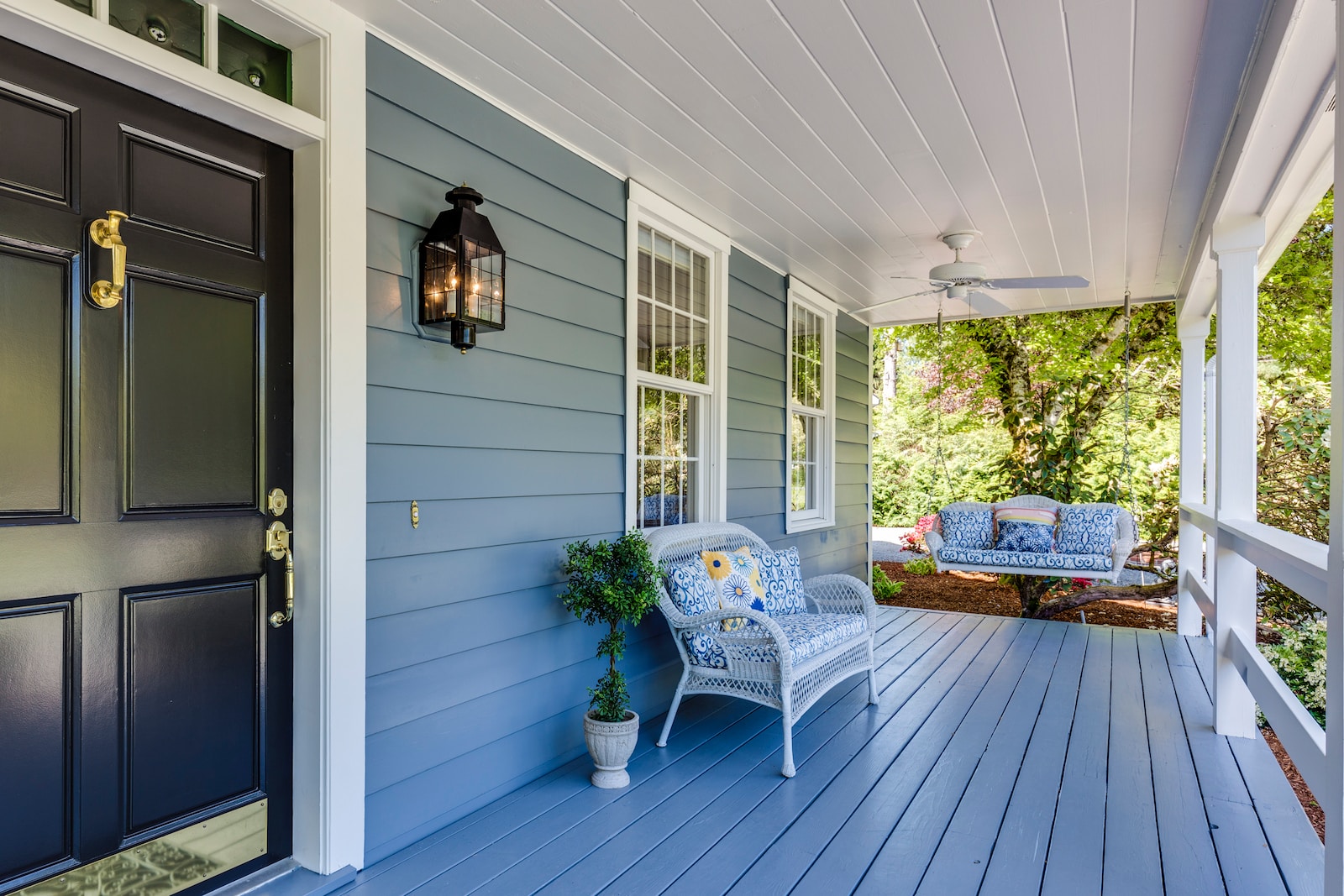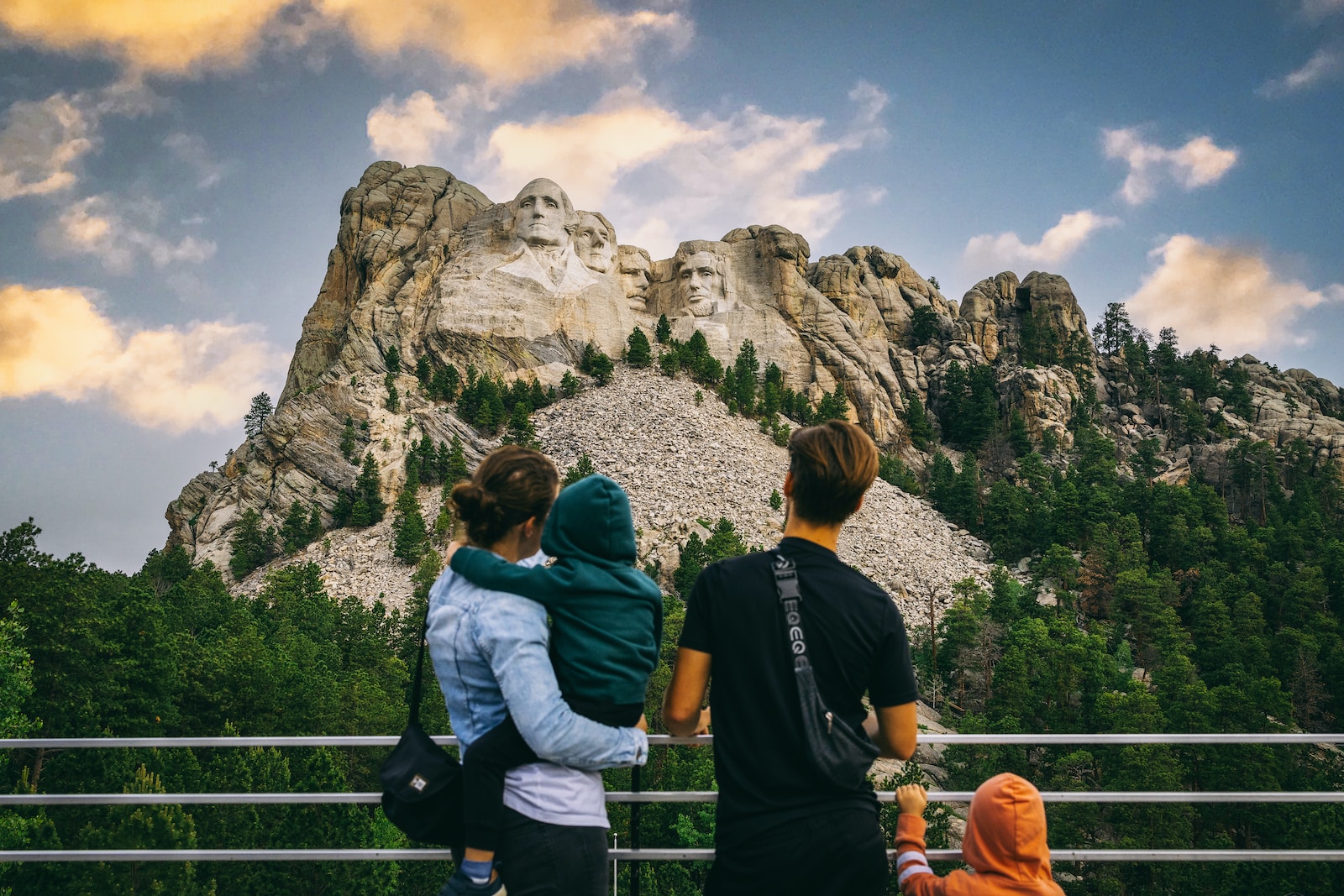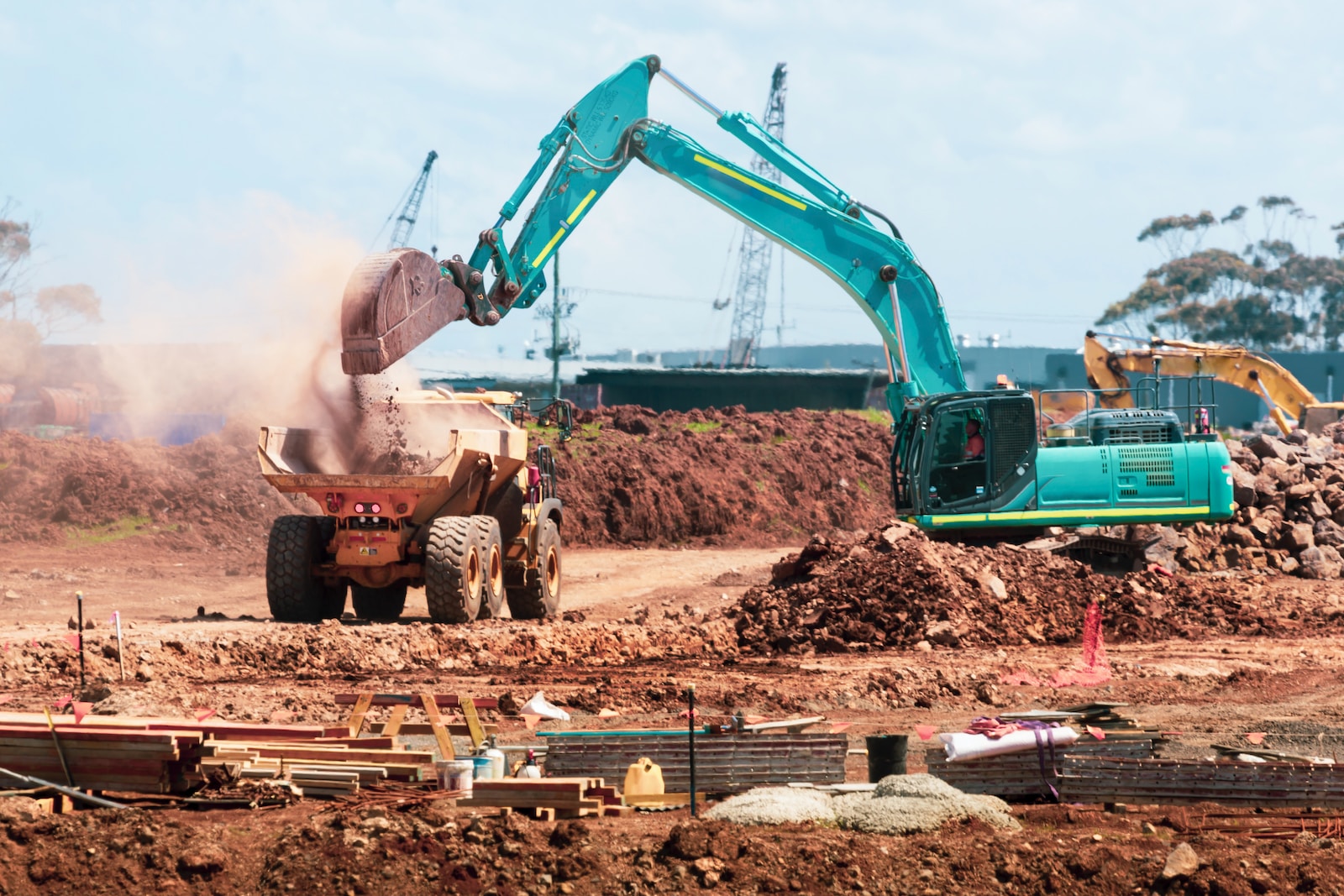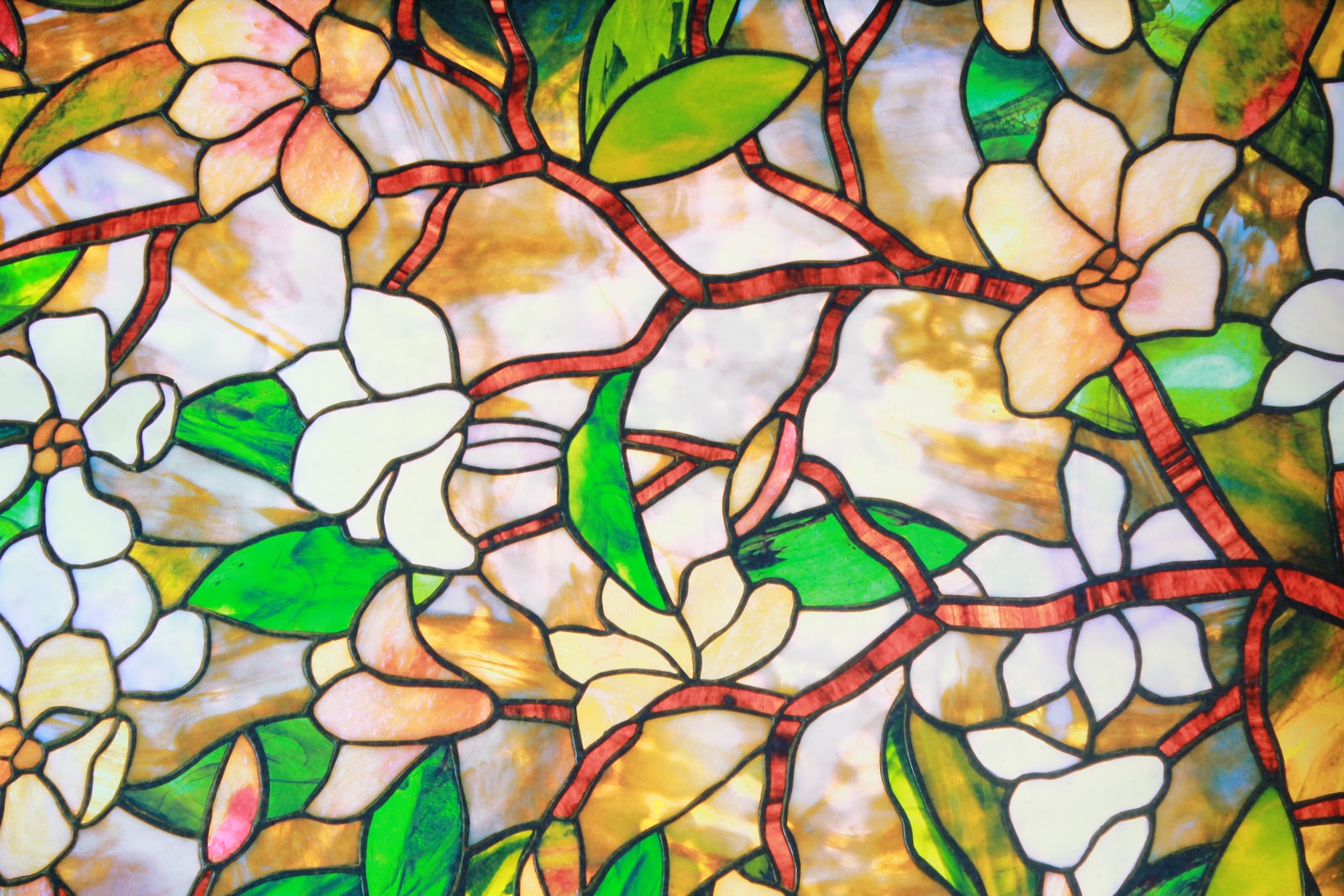Welcome to Picture Perfect Property, your ultimate guide to excelling in real estate photography. Whether you’re an aspiring photographer or a seasoned professional looking to enhance your skills, this blog is packed with invaluable tips and tricks to help you capture stunning images of properties. From choosing the right camera equipment to mastering composition and lighting techniques, we’ll take you on a journey to transform your real estate photography. So grab your camera and join us as we explore the world of property photography in all its glory!
Table of Contents
- Exploring the Captivating Features of Real Estate Photography
- Choosing the Right Camera Equipment for Real Estate Photography
- The Best Time of Year for Real Estate Photography
- Frequently Asked Questions
- 1. Why is real estate photography important for selling properties?
- 2. What equipment do I need for real estate photography?
- 3. How can I make small spaces appear larger in photos?
- 4. Are there any specific angles or compositions I should use in real estate photography?
- 5. How can I enhance the lighting in my real estate photos?
- 6. What post-processing techniques can I use to enhance my real estate photos?
- 7. Can I use aerial photography for real estate listings?
- 8. How do I ensure that my real estate photos stand out from competitors?
- Wrap Up
Exploring the Captivating Features of Real Estate Photography
When it comes to capturing stunning images of real estate properties, it’s important to focus on the unique and striking features that make each property stand out. By highlighting these aspects, you can create visually appealing photographs that will catch the attention of potential buyers and help you excel in real estate photography.
Emphasizing Architecture and Design
The architecture and design of a property play a crucial role in its visual appeal. Look for interesting angles, lines, and shapes that can be showcased in your photographs. Whether it’s the grand entrance, intricate details of the exterior, or the modern interior layout, capturing the uniqueness of the property’s design will make your photos shine.
Showcasing the Surrounding Landscape and Amenities
A stunning landscape or nearby amenities can significantly enhance the appeal of a property. Incorporate the surrounding environment into your photographs to give potential buyers a sense of the lifestyle and atmosphere the property offers. Whether it’s a lush garden, panoramic views, or nearby recreational facilities, highlighting these features can make your photos more enticing.
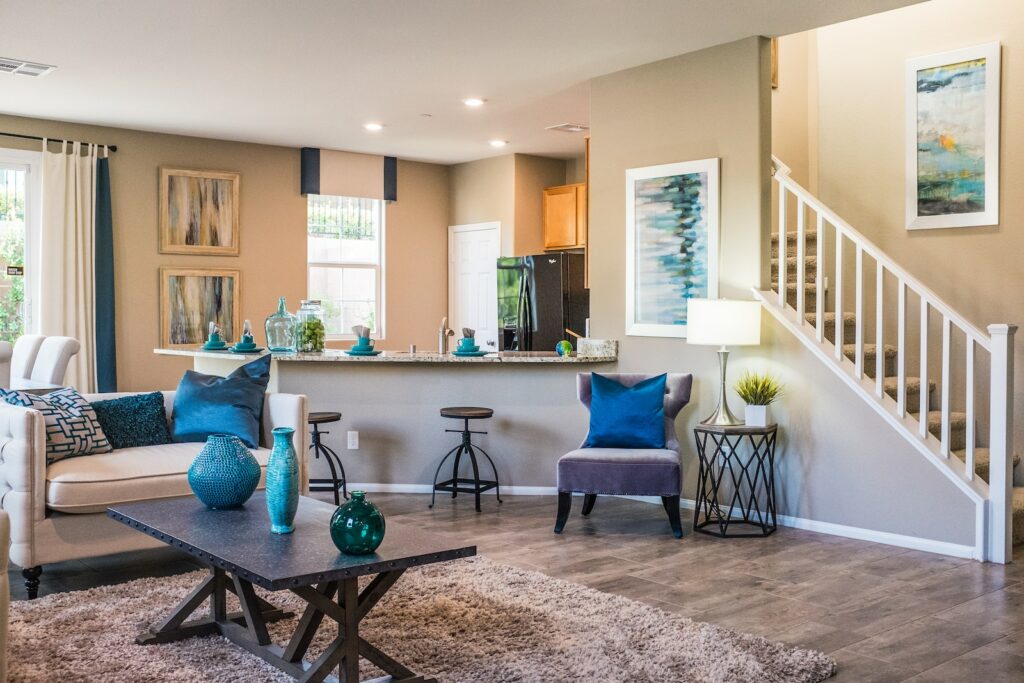
Additionally, employing photography techniques such as framing, where you use natural elements like trees or doorways to frame the property, can draw the viewer’s attention to the subject and create a more visually interesting composition.
Including people in your real estate photography can also add a sense of life and scale to the images. Whether it’s a family enjoying the backyard or a person utilizing the property’s amenities, capturing these interactions can evoke emotions and help potential buyers visualize themselves in the space.
Lastly, always remember to pay attention to details. Focus on capturing the textures, colors, and unique elements of the property that make it stand out from the rest. This attention to detail will set your photographs apart and leave a lasting impression on viewers.
Now that you have a better understanding of how to capture captivating images of real estate properties, it’s time to put these tips and tricks into practice. By mastering the art of real estate photography, you can ensure your pictures are picture-perfect and excel in showcasing the true potential of any property.
Did you know that 92% of home buyers start their search for a property online? Having high-quality and visually appealing photos is crucial for grabbing their attention and making your listing stand out among the competition.
Choosing the Right Camera Equipment for Real Estate Photography
When it comes to real estate photography, capturing high-quality images is crucial in showcasing properties and attracting potential buyers. To achieve picture-perfect results, it’s essential to invest in the right camera equipment. In this section, we will explore the best cameras, lenses, and additional equipment that can elevate your real estate photography skills.
Camera Options
When selecting a camera for real estate photography, it’s important to consider factors such as image quality, sensor size, and versatility. Here are two excellent camera options:
Option 1: Full-Frame DSLR Camera
A full-frame DSLR camera is a popular choice among professional photographers for capturing real estate images. With a larger sensor size, it produces high-resolution photos and performs exceptionally well in low-light conditions. It allows for interchangeable lenses, providing versatility and the ability to capture wide-angle shots.
Option 2: Mirrorless Camera
Mirrorless cameras are compact, lightweight, and offer advanced features, making them a great alternative for real estate photography. They also provide excellent image quality and the flexibility of interchangeable lenses. Mirrorless cameras often come with various shooting modes and advanced autofocus systems, which can enhance your photography experience.
Lens Selection
Choosing the right lens is essential for capturing expansive interior and exterior shots that showcase the property’s best features. Here are two lens options to consider:
Option 1: Wide-Angle Lens
A wide-angle lens allows you to capture a broader perspective, perfect for showcasing spacious rooms, stunning landscapes, and architectural details. It provides the ability to fit more into the frame, making the space appear larger and more inviting. A recommended focal length for real estate photography is around 16-35mm.
Option 2: Tilt-Shift Lens
Tilt-shift lenses are excellent for correcting perspective distortion and capturing vertical lines accurately. These lenses offer precise control over perspective and depth of field, allowing you to capture well-balanced and visually pleasing images. They are particularly useful when photographing tall buildings or confined spaces where keeping lines straight is essential.
Additionally, other useful camera equipment includes a tripod for stabilizing your shots, a remote shutter release for reducing camera shake, and a wide-angle converter lens for expanding your field of view.
Remember, the equipment you choose should align with your budget, shooting style, and desired image quality. By investing in the right camera equipment, you can enhance your real estate photography skills and create captivating images that showcase properties in the best possible light.
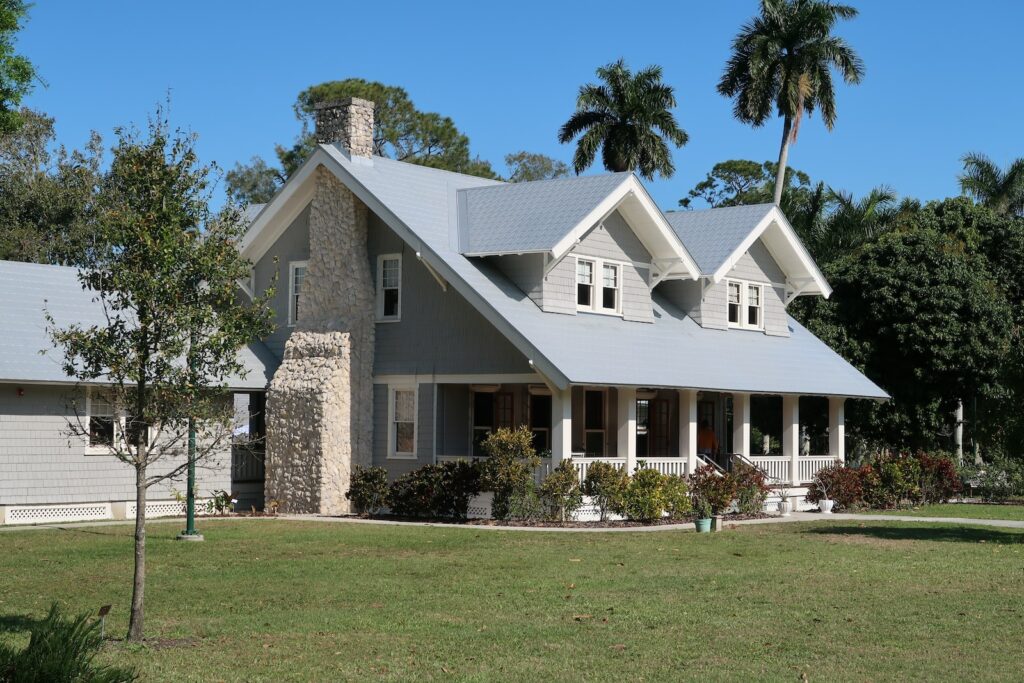
The Best Time of Year for Real Estate Photography
Spring: A Burst of Color and New Beginnings
Spring is a magical time in the world of real estate photography. As the flowers start to bloom and the trees regain their lush green color, properties become more visually appealing. The vibrant colors of the season can add an extra touch of charm to your property photos, making them stand out from the rest.
During the spring, the natural light tends to be softer and more flattering. It’s the perfect time to capture the beauty of a home’s exterior without harsh shadows or glares. Additionally, the longer daylight hours provide ample opportunities to capture stunning shots both inside and outside of the property.
A great vantage point during spring is to shoot from a low angle, showcasing the blossoming surroundings. This perspective allows for a visually captivating composition, especially when capturing properties with stunning gardens or landscapes.
Summer: Capture the Essence of Outdoor Living
Summer is the season of outdoor activities and bright, sunny days. As a real estate photographer, this is the ideal time to showcase a property’s outdoor amenities such as swimming pools, gardens, and patios. The vibrant colors and warm sunlight create a welcoming atmosphere, evoking feelings of relaxation and leisure.
The longer days of summer provide ample time to capture both the exterior and interior of a property. Late afternoons, just before sunset, offer the perfect lighting conditions for highlighting a property’s key features and creating a warm, cozy ambiance.
If you want to take advantage of the long summer days, positioning yourself at a high point can give you an intriguing aerial perspective. This is particularly effective for photographing large estates or properties situated in beautiful natural surroundings.
Fall: Embrace the Warmth of Autumn
Fall brings forth a different kind of beauty, with its warm colors and crisp air. The changing leaves and golden tones of the season can add a touch of elegance and sophistication to your real estate photos.
When photographing properties during the fall, the best time of day is usually early morning or late afternoon. The low angle of the sun creates soft, warm light that enhances the texture and depth of the property. This lighting condition can bring out the rich hues of the changing leaves and create a cozy, inviting atmosphere.
When considering vantage points during the fall, shooting from a distance can capture the property and its surrounding landscape, showcasing the vibrant autumn colors in all their glory. Positioning yourself near a body of water, such as a pond or lake, can provide a picturesque reflection, adding a unique element to your shots.
Keep in mind that each season offers its own distinctive charm; however, the best time for real estate photography ultimately depends on the property’s characteristics and your desired aesthetic. By adapting to the time of year and utilizing different vantage points, you can leverage the natural beauty of each season to create stunning and enticing property photos.
Capture the best angles of a property by utilizing the rule of thirds. Divide your frame into nine equal sections, and place key elements such as the house or prominent features on the intersecting points. This composition technique creates visually appealing and balanced photos, enhancing the overall quality of your real estate images.
Frequently Asked Questions
1. Why is real estate photography important for selling properties?
Real estate photography plays a crucial role in attracting potential buyers and showcasing the best features of a property. High-quality photos capture the attention of buyers and make a lasting first impression, ultimately increasing the chances of a successful sale.
2. What equipment do I need for real estate photography?
To excel in real estate photography, you’ll need a reliable camera with manual mode capabilities, a wide-angle lens to capture the entire room, a tripod to ensure sharp images, and appropriate lighting equipment to enhance the property’s features.
3. How can I make small spaces appear larger in photos?
To make smaller spaces appear larger in photos, try using a wide-angle lens to capture a wider field of view. Remove unnecessary clutter, rearrange furniture to create open space, and use natural light to brighten up the room. Additionally, shooting from a lower perspective can add depth to the image, enhancing the sense of space.
4. Are there any specific angles or compositions I should use in real estate photography?
When photographing a property, aim to showcase its best features and create an inviting atmosphere. Experiment with different angles, such as shooting from corners or doorways, to add depth and dimension to your photos. Use leading lines, like hallways or staircases, to guide the viewer’s eye towards important areas. Additionally, staging rooms with tasteful props and a well-placed focal point can create an emotional connection with potential buyers.
5. How can I enhance the lighting in my real estate photos?
Proper lighting can greatly impact the quality of your real estate photos. Utilize natural light whenever possible by opening blinds or curtains and shooting during the brightest parts of the day. If additional lighting is needed, consider using diffused artificial lights or external flashes to provide even lighting throughout the room. Avoid harsh shadows by using reflectors or bouncing light off nearby walls or ceilings.
6. What post-processing techniques can I use to enhance my real estate photos?
Post-processing can help enhance the overall appearance of your real estate photos. Use software like Adobe Lightroom or Photoshop to adjust brightness, contrast, and color balance to make your images visually appealing. Be careful not to overprocess the images, as potential buyers should still be able to recognize the true representation of the property.
7. Can I use aerial photography for real estate listings?
Aerial photography is becoming increasingly popular in real estate listings as it provides a unique perspective and showcases the property and its surroundings in a captivating way. However, laws and regulations regarding drone usage vary, so it’s important to check local regulations and obtain any necessary permits before using aerial photography.
8. How do I ensure that my real estate photos stand out from competitors?
To make your real estate photos stand out from competitors, focus on capturing unique details and angles that highlight the property’s best features. Invest time in staging each room appropriately and pay attention to small details like clean and clutter-free spaces. Consistently strive for excellent image quality, composition, and lighting. Additionally, staying up to date with current photography trends and regularly honing your skills will help you maintain a competitive edge in the market.
Wrap Up
Now that you have all the tips and tricks for capturing picture-perfect property photos, it’s time to put them into action. Remember to always use the right equipment, choose the best angles, and showcase the unique features of each listing.
With practice, you’ll be able to enhance your real estate photography skills and attract more potential buyers. So why wait? Grab your camera and start snapping those stunning property shots!
If you have any questions or additional tips to share, we’d love to hear from you. Leave a comment below and let’s start a conversation about real estate photography. Happy shooting!
